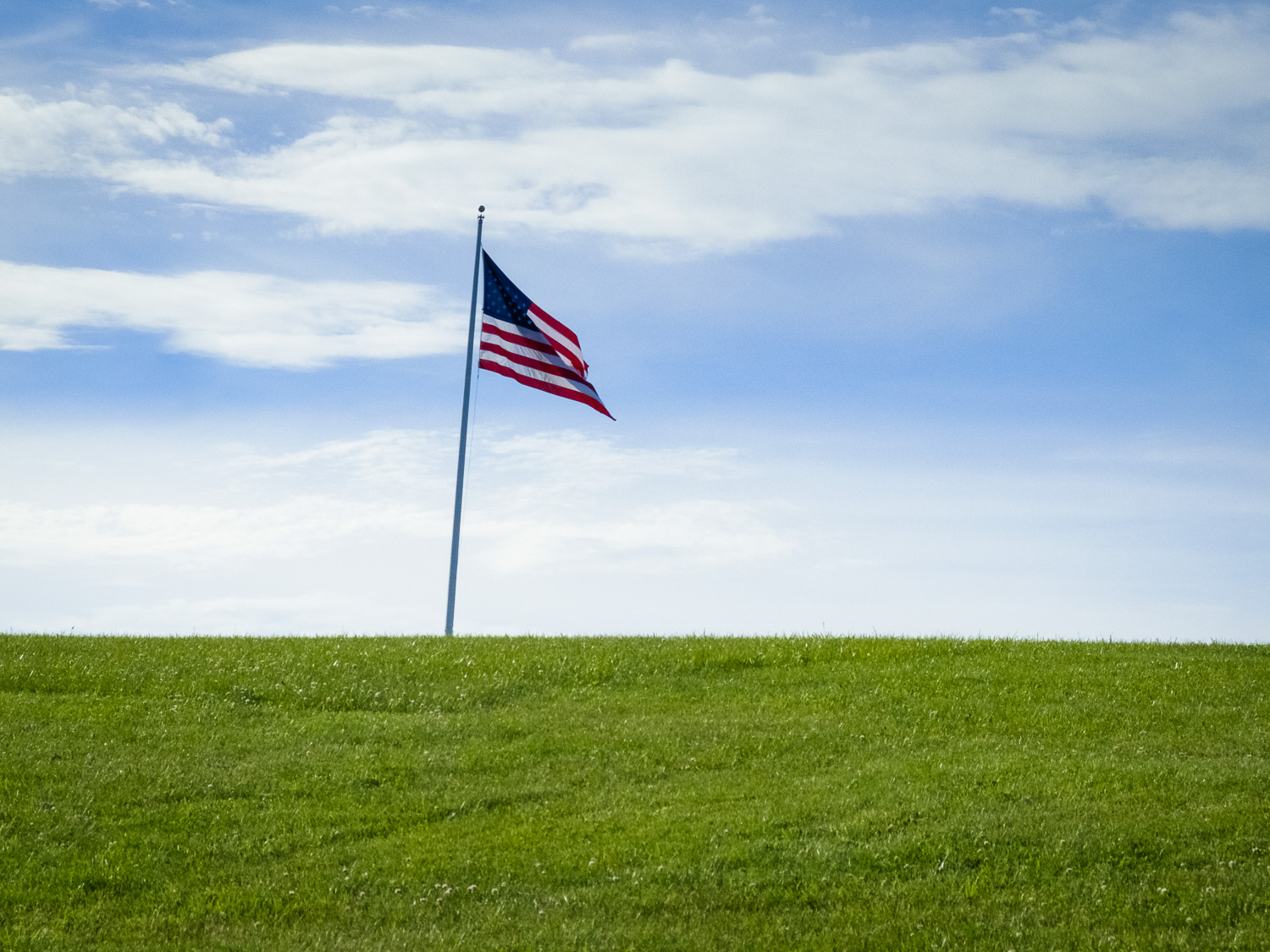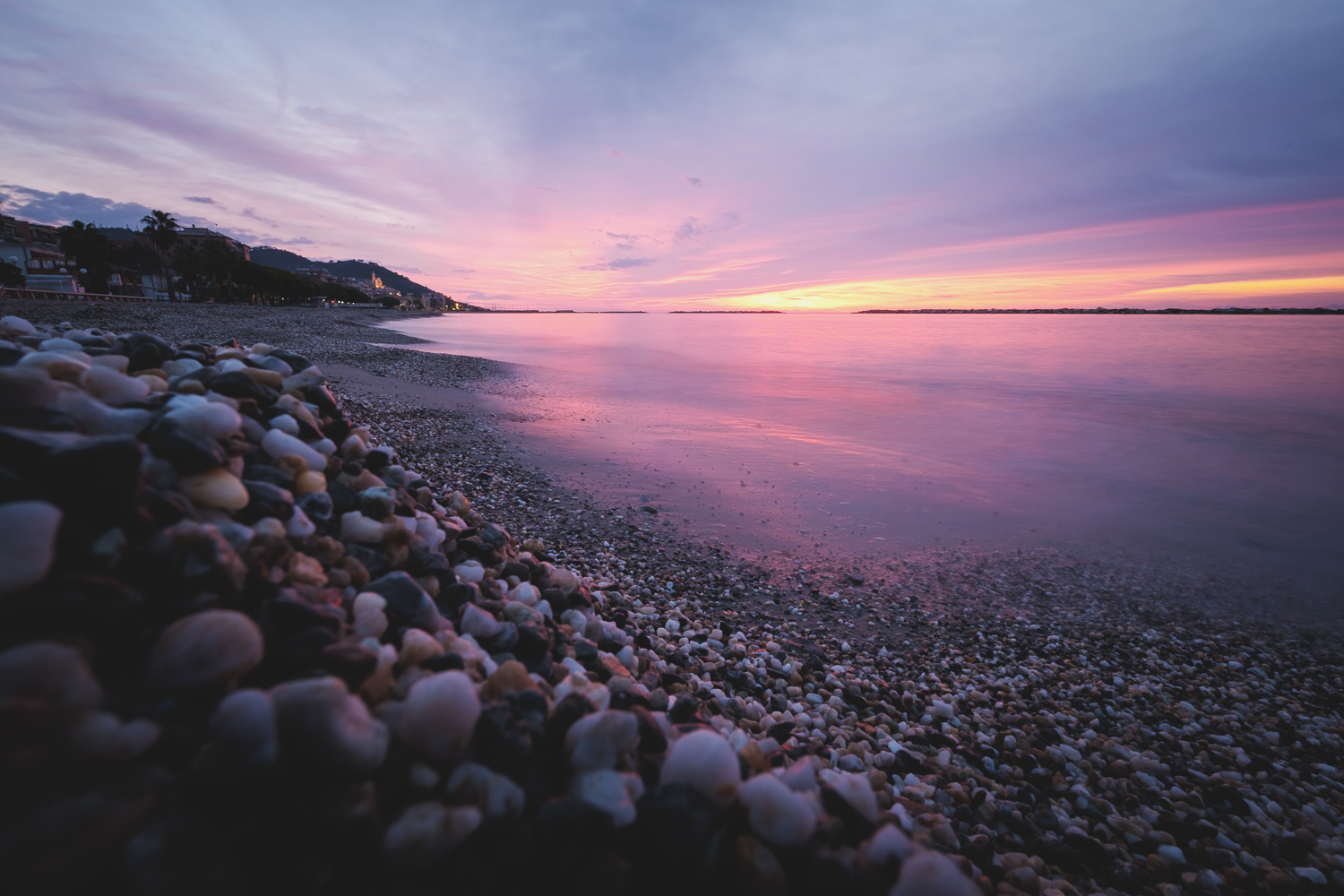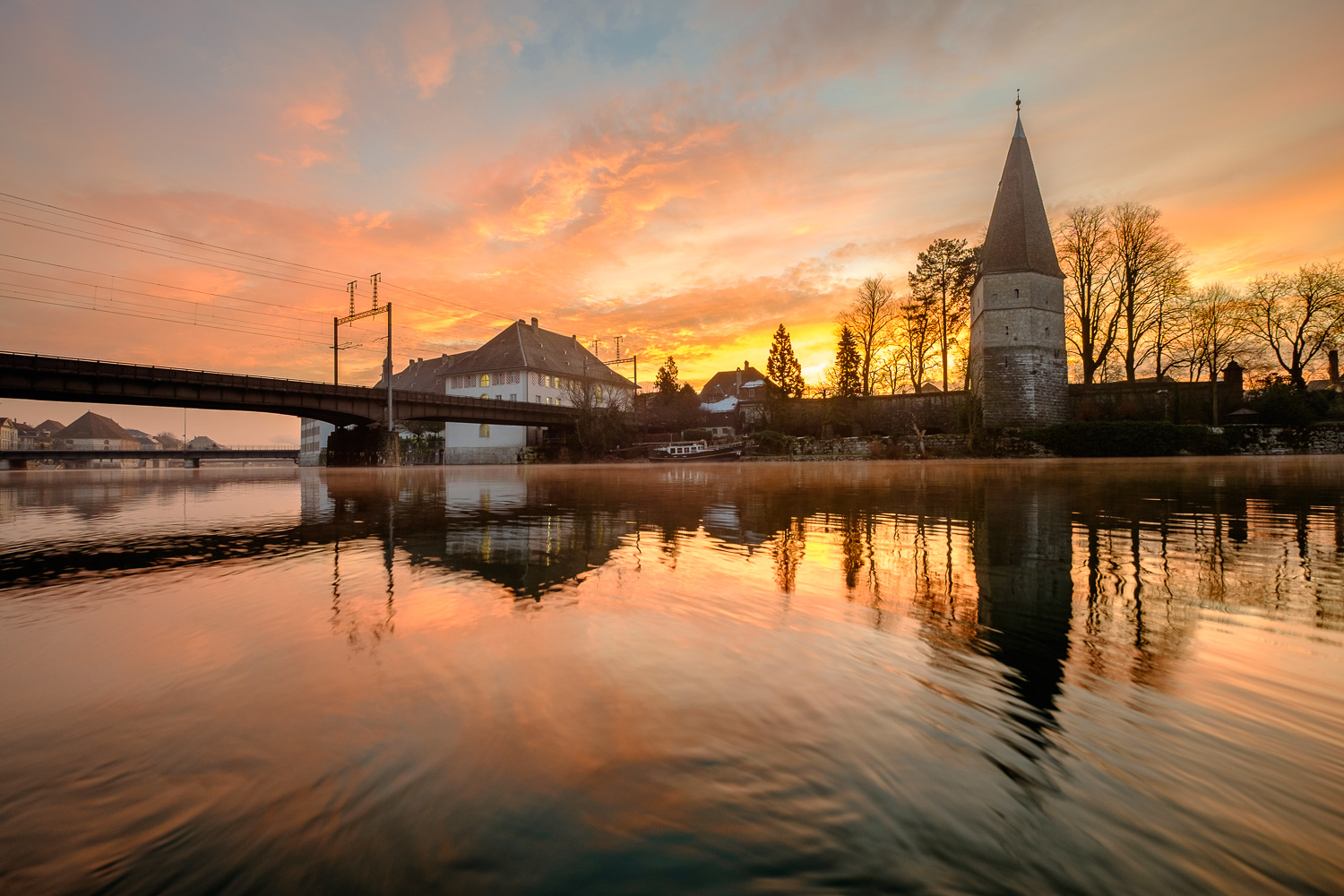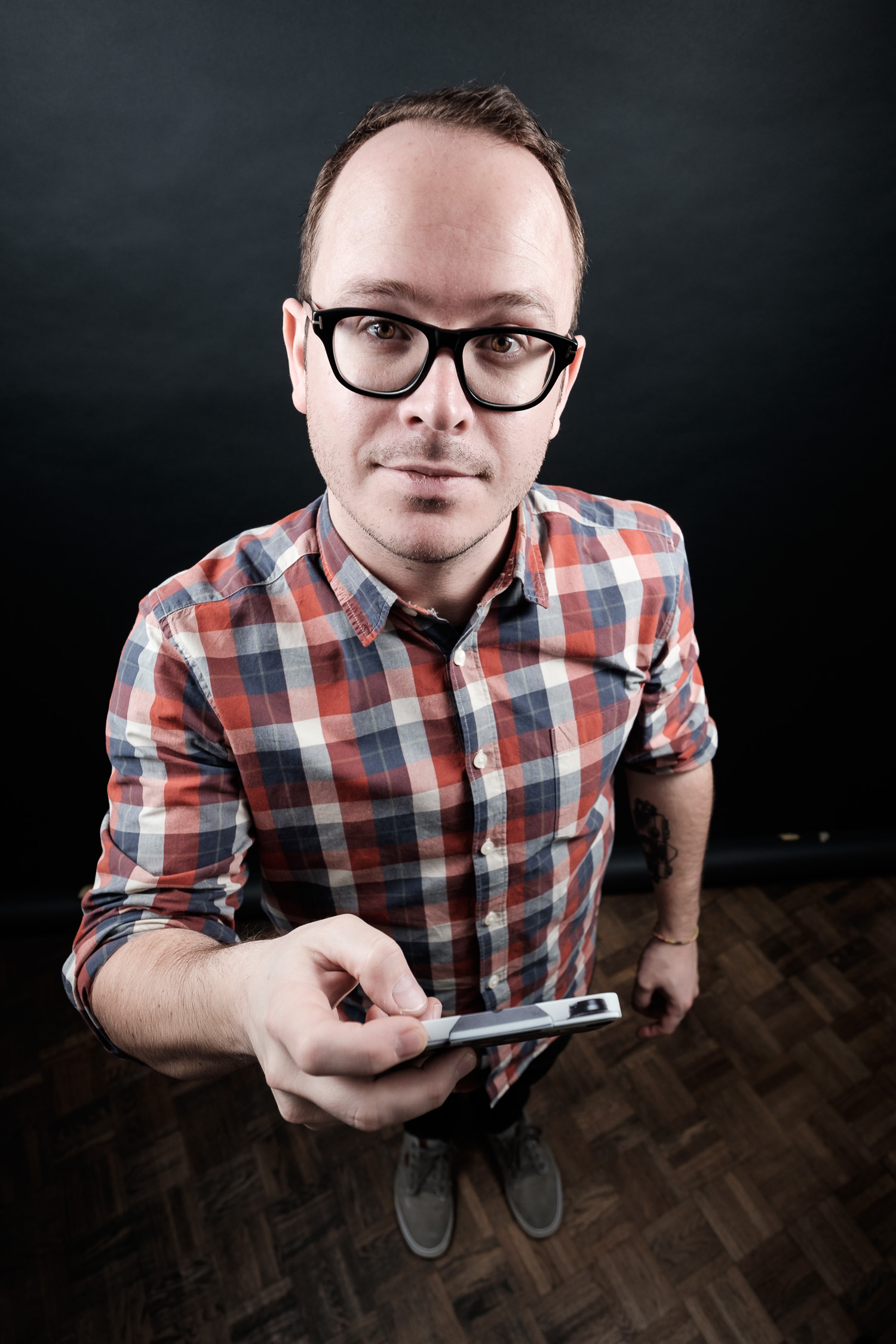My first encounter with the Fuji-X-System was two years ago, when I bought the X20. I was sick of carrying my Canon DSLR around and wanted a much lighter camera that could easily fit in my everyday-bag. From the first day on I was stoked about the image quality that this small camera produced. It did let my take the photographs I had in my head with ease. And suddenly the X-Virus got me.
Would you also like to write about your photography and share your images or photography tips and techniques with the FujiLove community? Go ahead and send a brief description of your article idea and a couple of samples of your work to contactfujilove@gmail.com.
I even let my DSLR at home for the next two-week-trip to Italy shortly after the purchase. Which at that time was a pretty courageous decision for me but I didn’t regret it at all. The fact that this camera is so small doesn’t make you look like a creepy Peeping Tom, so it’s way easier to get images of people on the streets by not offending their privacy.
Featured image above: “Ligurian fisherman at the harbor of Imperia, Italy” / Fujifilm X20
In summer 2014 we went to the east coast of the USA and again I wanted to travel as light as possible, so the camera of choice was the X20 obviously. No matter where we went during the next two weeks that little camera was around my neck or in my bag right next to me.
Ever since then I wondered how the other Fujifilm cameras would perform. So when it came to the point where I had to decide between upgrading to a full-frame DSLR because my Canon EOS 60D didn’t fit the needs for my work at the advertising agency that I work for. I also read through thousands of forum posts about that new mirrorless camera that was designed so beautifully: the Fujifilm X-T1 Graphite Silver Edition. It didn’t take long until I knew I wanted this camera pretty badly. But since I’m a well-considered person it took me almost a whole year until I was holding it in my hands for the first time. But ever since then I never let go.
I got myself the camera with three lenses: the Fujinon 10-24mm f/4, the Fujinon 35mm f/1.4 and the Fujinon 50-140mm f/2.8. So I could cover most of my needs focal length wise. If I had to choose only one of them, I would definitely go with the 35mm, but since I work a lot for clients I know pretty well before the shoot how the result should look like, so I decide according to requirements.
Speaking of client work: I’m working as a photographer and web designer for an advertising agency (ibl und partner ag in Solothurn, Switzerland. I work either in the studio or on location.

Fashion Shoot for Savoir Vivre No.5 on behalf of ibl und partner AG / Fujifilm X-T1, 56mm, f/7.1, 1/180s, ISO 200
I had a few issues at the beginning to get the three Canon speedlites 600EX-RT working, which we use in the studio and on location. The Canon transmitter didn’t work with the X-T1, so I had to spend a while on the Internet to figure out, which transmitter I could use with the speedlites. But then I found the Yongnuo YN-E3-RT, which performs and looks almost the same as the Canon one. The only downside is that the highest flash-sync-speed isn’t 1/180s like marked on the X-T1 but it’s 1/125s. Maybe it’ll work with a newer firmware. Actually in the studio I don’t see a problem there since the light is in total control and if you’re aware of the issue you can get along with the 1/125s easily. On the right side of the image above you can see a dark gradient caused by the wrong flash-sync-speed, that you could fix in Lightroom with a gradient adjustment.
If you’re in an environment where you might not be able to control all the lights, like on the outside or in an industrial establishment, it may cause some problems, since the lowest ISO-setting on the X-T1 is not ISO 100, like I was used to, but ISO 200. Well at least if your shooting RAW. And sometimes one stop can make a huge difference.
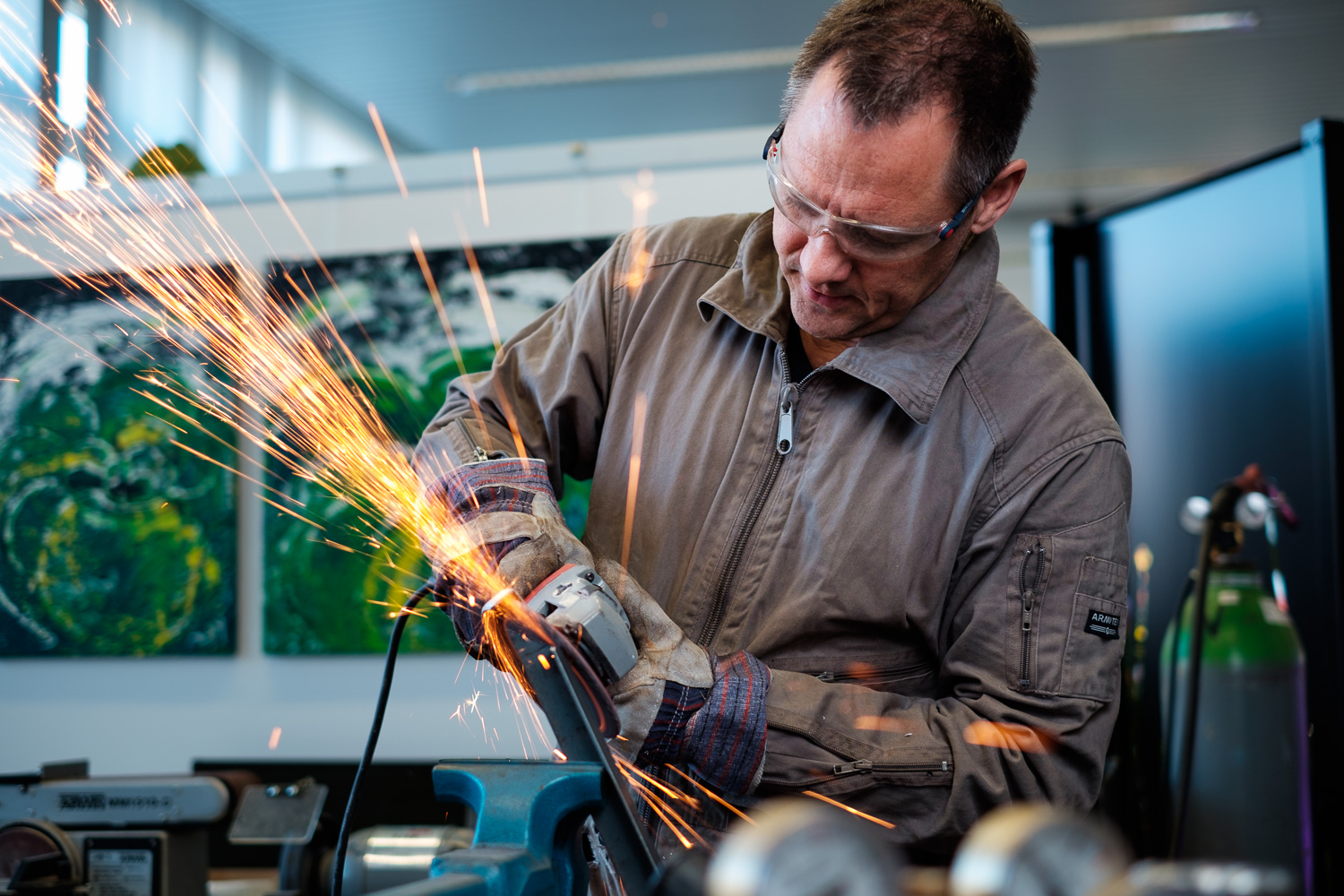
Raymond Bieri of TA’AROA for Savoir Vivre No.5 on behalf of ibl und partner AG / Fujifilm X-T1, 35mm, f/2.0, 1/60s, ISO 200
When I’m on location I usually bring my X-T1, all three lenses and all three Canon speedlites with me, just to be prepared. Most of the time I use one or two speedlites shot through big white shoot-through umbrellas. I just love the soft light that the umbrellas produce. To me the art in using flash on location is to create images that look as if there wasn’t any flash involved.
So here’s my workflow on location: first I have to know who or what I want to photograph. Then I set my X-T1 to manual mode, ISO 200, 1/125s and depending on which lens I want to use the preferred aperture. Usually for single person portraits I shot as wide-open as I can. Then I take a shot without flash and try to enhance the image by filling light into the background and onto the face of my subject. Depending on how much ambient light I want to have in the shot, I change the ISO to maybe 400 or 800 if needed. If there’s any movement that I want to show like in the image above I lower the shutter speed.

Decoratrice Kronleuchter-Restaurierung on behalf of ibl und partner AG / Fujifilm X-T1, 35mm, f/1.4, 1/125s, ISO 200
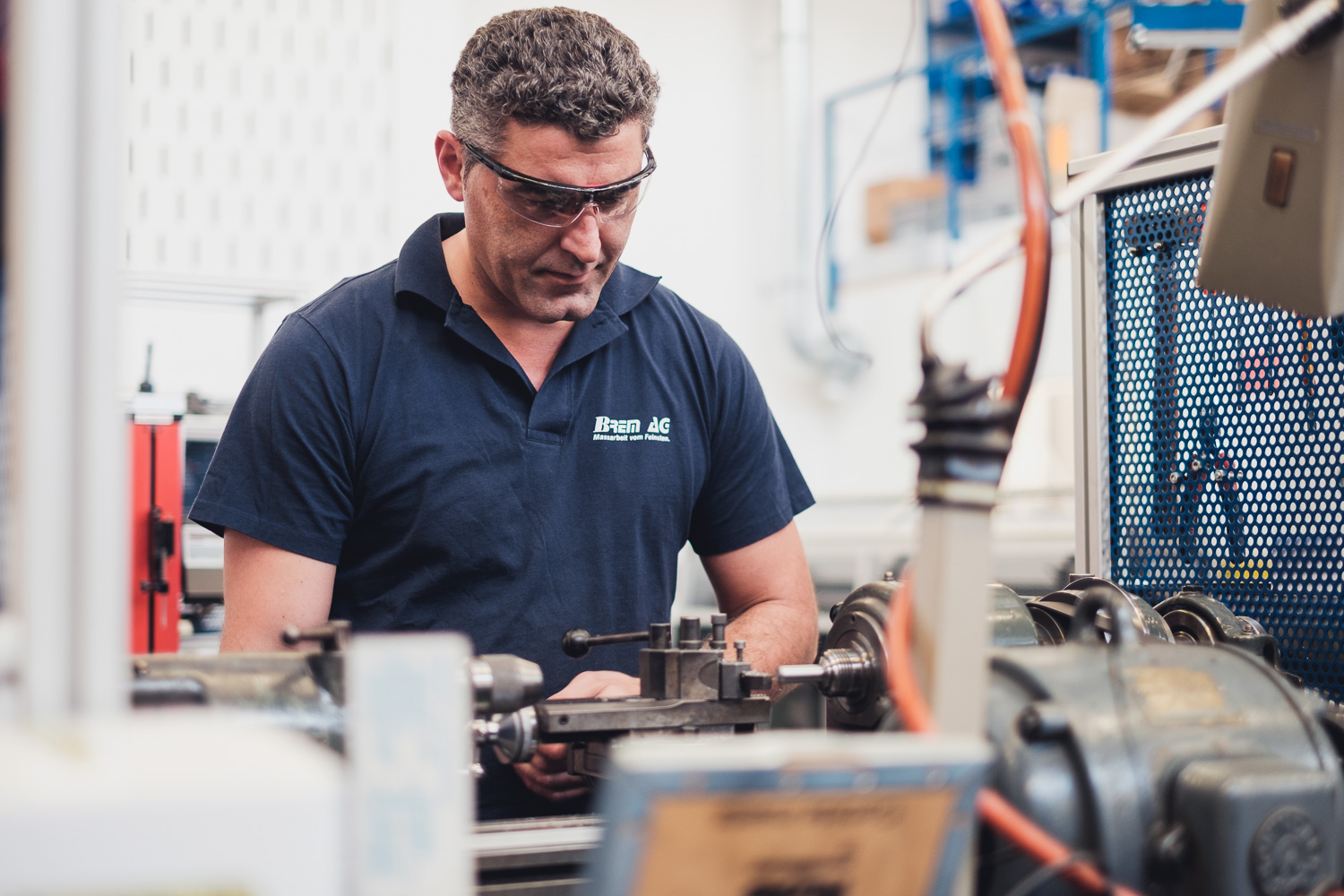
Business reportage for Brem AG, Präzisionsmechanik from Oberglatt, Switzerland on behalf of ibl und partner AG / Fujifilm X-T1, 35mm, f/1.4, 1/100s, ISO 250
I absolutely love the 10-24mm lens for landscape photography. The 10mm focal length gives a beautiful feeling to the image if you have a lot of space to get into your frame. I don’t really like it for walking around in cities hanging on a strap around your neck. I think it’s not that well balanced with the X-T1. I prefer using it with a tripod, but sometimes you just want to get a wider shot than with the 35mm.
One of my favorite and in my opinion most useful functions is the Wi-Fi capability combined with the Camera Remote App. I use it a lot in the studio for light testing. I can stand in the position where I want the model to be and can check and set all the lights exactly as I want them to be before the model even gets in. Since many of my shootings are with non-professional models, it makes a huge difference to be as fast as possible. They easily get bored or feel uncomfortable standing in front of a camera. So having the lights already set up let me get the photos that I want.
And on location it comes in very handy combined with an iPad, so you can show the photographs to the client instantly.


